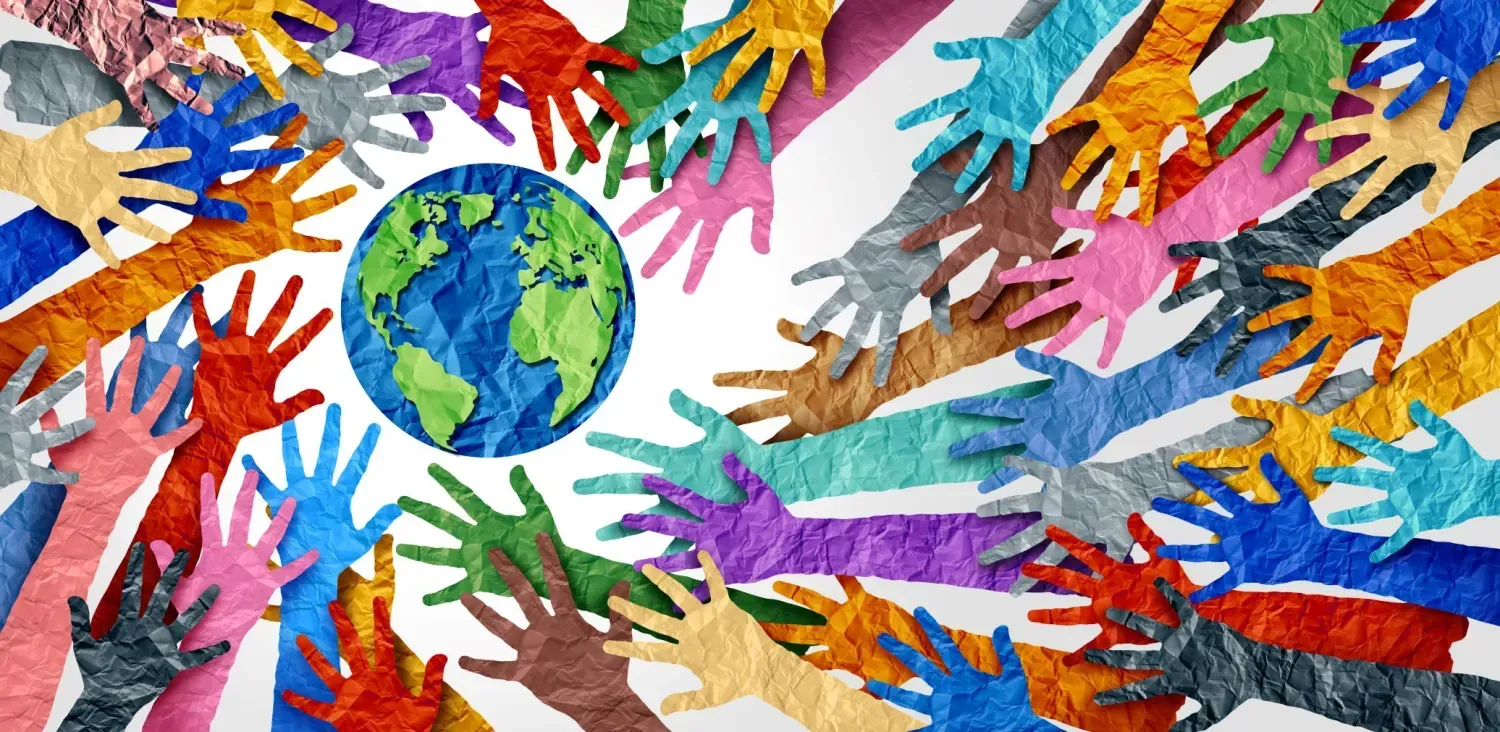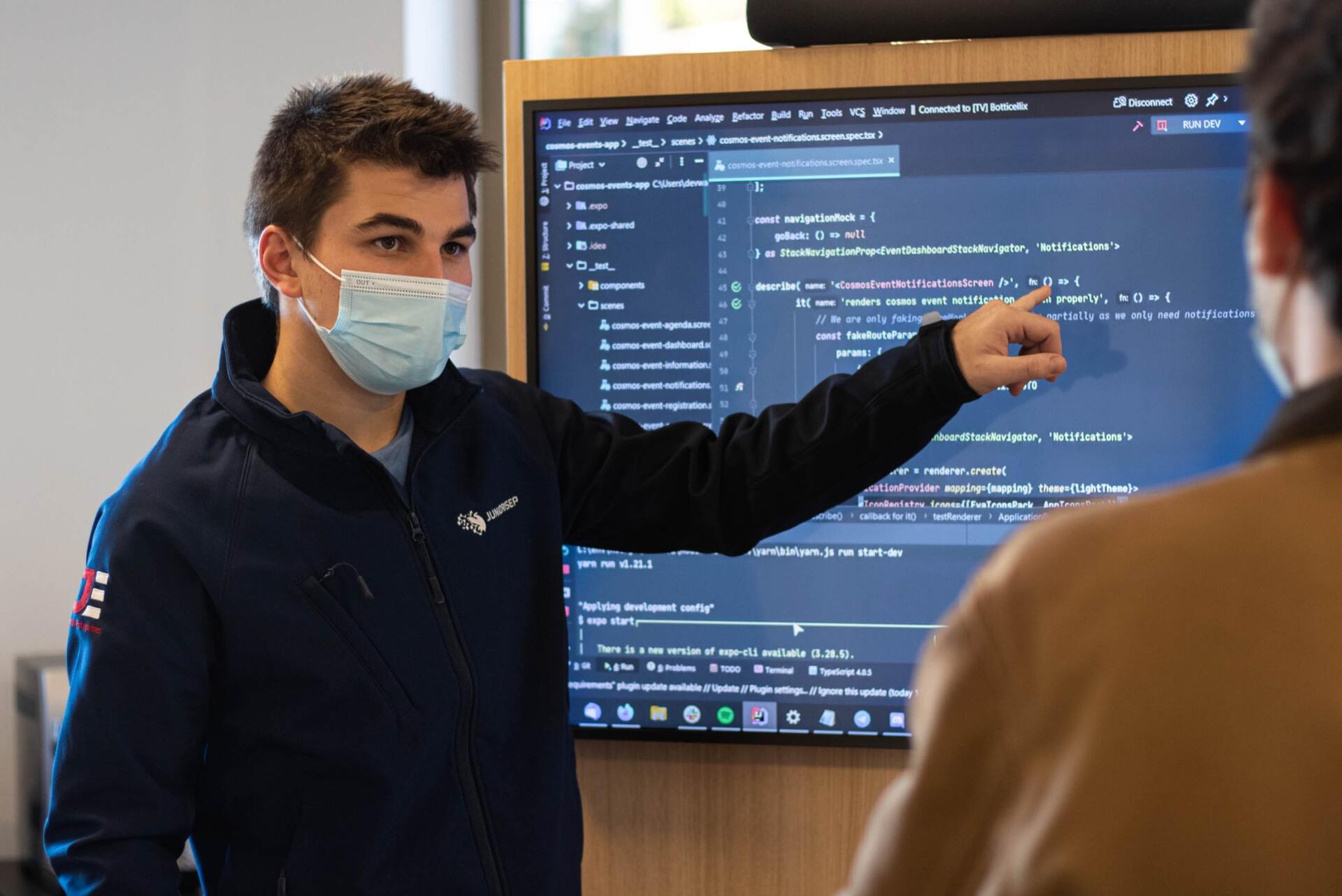Stories
Our most ancient method of learning.
Equality is WRONG!
Support Services are Using the Wrong Model
Listening to The Current on CBC this morning, I was very appreciative of the increased awareness of the diversity of learning needs in Canadian classrooms due to the airing of the programme on education.
However, while listening, I found that there were two issues that I did not hear about:
A : Addressing the diverse learning needs of students
Research clearly shows that the teacher is the most important variable in education. Over the past number of years, due to funding cuts at the UNIVERSITY level, most courses addressing the diverse learning needs of students have been eliminated. In most provinces, there are not specialties in inclusion at the Bachelor’s level and it is not even compulsory in most provinces for teachers to have taken even one course addressing how to teach diverse learning needs to obtain their degree! The same is true for reading specialists. Teachers do their best, but are lacking exposure and professional development about the many and varied ways that diverse learning needs can be met in the classroom.
B : The model is WRONG!
The model for implementation of support is WRONG. It is a diagnostic medical model; schools are not clinics; teachers are not doctors; learning differences are not diseases! The labelling and identification process is used to obtain dollars, not necessarily to design a comprehensive intervention approach. For example, medical doctors diagnosing ‘dyslexia’ knows little about teaching and learning - dyslexia is simply a Latin term for 'difficulty with reading!
Adopting a Non-Diagnostic Model
What is needed is a 'level of service’ model that is non-diagnostic; one that allows for the identification of areas and level of support required for students. There is much that then can be done at the classroom and individual level if the teacher is skilled and has been taught a wide variety of instructional approaches and strategies. As an example, many children have social skills issues; those with autism are identified with social issues and may receive support. A better approach would be for ALL students with social skills issues to receive appropriate support. How to support the teaching of social skills is crystal clear, but many teachers have not learned how to do this. A further example: Many students have difficulty learning to read for a multiplicity of reasons; should only those diagnosed as 'dyslexic’ received support? - of course not! In short, teachers need to be empowered with knowledge and practice so that they can be mobilized to teach a wide diversity of students. We have 100 years of literature about how to teach children with diverse needs — this knowledge needs to be deeply embedded in teacher preparation and on-going, continuous professional development.
C : A third issue
Actually, there is a third issue. Why are those with the greatest needs (e.g., those with a combination of social/emotional, intellectual and academic needs) served by those with the LOWEST level of education (i.e. teacher’s assistants)? They are doing their best, but the intervention model is WRONG. Those with the most complex needs should be served by those with the greatest degree of knowledge and experience as to how to meet their needs.
Further, not to be forgotten points:
- Those students with learning needs are more like the other students than unlike;
- RELATIONSHIPS are primary; without positive relationships between students and teachers, little learning takes place.





